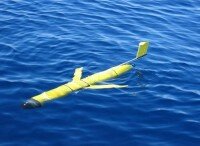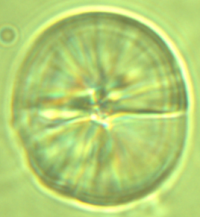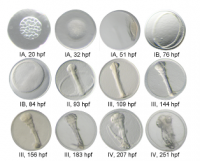
Environmental Impact Study for a Fixed Fehmarnbelt Link
DESCRIPTION: Scientific investigations are to be carried out into the possible effects of construction of the planned fixed Fehmarnbelt link between Germany and Denmark (bridge, tunnel) on the marine ecological system.
Objectives and scope of the project
The establishment of a fixed Fehmarnbelt link between Germany and Denmark has been under discussion for many years, or even decades. Early in the year 2000 a comprehensive feasibility study was carried out focussing on a particular route over the 19km wide Fehmarnbelt. The progression from this idea to a construction phase became very likely with the signatures on the German-Danish state treaty in September 2008.
Whether the final design will be for a bridge, a tunnel or a combination of both will depend on the results of various environmental impact studies. The Kiel Earth Institute (KEI) is involved in these investigations. The client is the Danish state-owned company Femern Bælt Holding A/S (http://www.femern.com/), a subsidiary of Sund & Bælt Holding A/S which has already built the Öresund bridge and the crossing over the Great Belt.
The project has been divided into two phases. During the first phase environmental impact studies are conducted between 2008 and 2012 (http://www.femernenvironment.com/). During this phase the current statues of the region in respect to land, water, air and society are assessed and evaluated against the different construction solutions. On the basis of these findings Environmental Impact Assessment reports will be formulated and the outcome will be discussed in the public. Finally the syntheses form the basis on which the construction for the Fehmarnbelt link will be selected. During the second phase of the project (2012-2018), the construction will take place, accompanied by an appropriate monitoring of the environment.
The KEI contributes to the environmental impact assessment study through:
- Measurements of sediment concentrations with the help of autonomous measuring procedures (glider, anchorage).
- Laboratory experiments to assess the influence of sediment on mortality and development of fish eggs and larvae.
- Investigations into biological "fitness parameters" in fish larvae.
Background informationen
In marine fish the numbers surviving from the earliest development stages (eggs and larval stages) will, in general, determine the strength and size of the population in subsequent years. Eggs and yolk sac larvae are not able to actively avoid unfavourable environmental conditions as their senses and locomotion organs are not yet fully developed. It is therefore especially important to determine the extent to which potential changes in environmental conditions (e.g., sediment load) could affect these stages.
The laboratory experiments aim primarily to examine:
- The influence of sediment on buoyancy of cod and flatfish eggs
- The influence of sediments on herring eggs, which are typically attached to stones or plants.
- The mechanical or sublethal damage to eggs and early larval stages caused by sediment.

Figure 1:
Remotely operating measuring robots (Gliders) have a row of sensors aboard to record continuous data measurements between the ocean surface and the seabed over a period of several weeks. Photo: Christoph Petereit

Figure 2:
Density gradient columns (central) and rotators to test the effect of different sediment concentrations on the development success of fish eggs and fish larvae. Photo: Christoph Petereit

Figure 3:
Small auditory stone (Otolith) from a herring larva, with visible diurnal ring network. Photo: Christoph Petereit

Figure 4:
Cod (Gadus morhua L.) egg development indicated by stage (IA-IV) and time at 8°C incubation in hours post fertilization (hpf).
Photo: Christoph Petereit
Publication
Floating along buoyancy levels: Dispersal and survival of western Baltic fish eggs
http://www.sciencedirect.com/science/article/pii/S0079661114000044
Contact
Coordinator KIEL EARTH INSTITUTE // Ulrike Bernitt // info@kiel-earth-institute.de
